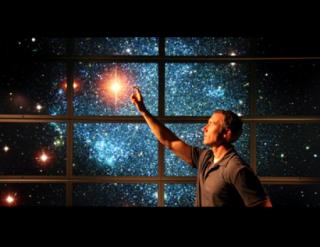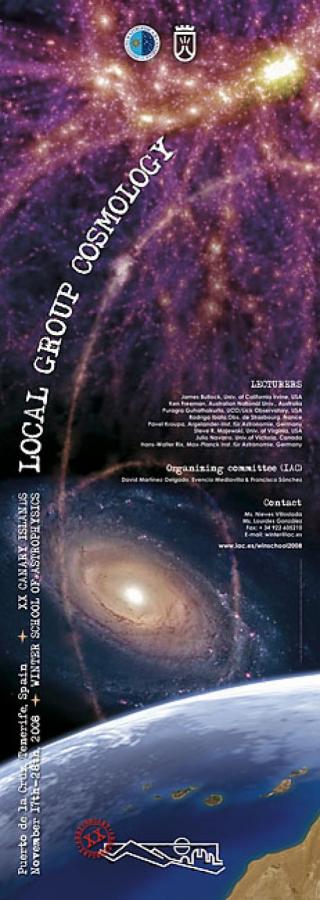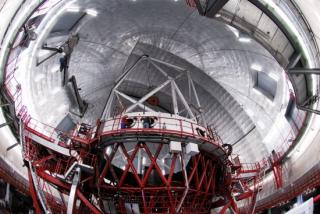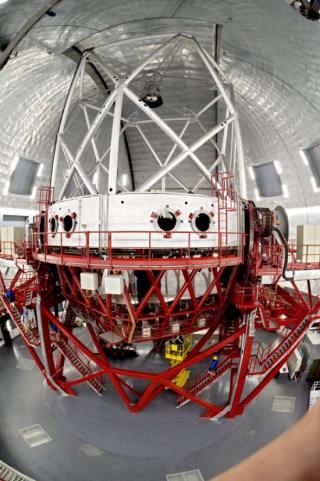
The theoretician James Bullock from the University of California would like to make the surprise discovery of a particle of dark matter in the laboratory. With the aid of computer simulations and observational data from several ground-based and space-borne telescopes, this American researcher studies how dark matter haloes evolve over millions of years. Bullock, an expert in cosmology and particle physics,centres his investigations on understanding how galaxies, including the Milky Way and the Local Group of which it is a member, were formed in the primordial Universe. - You have recently
Advertised on



